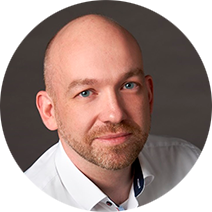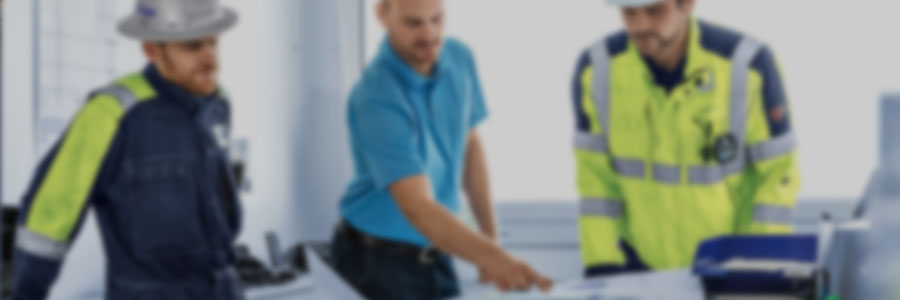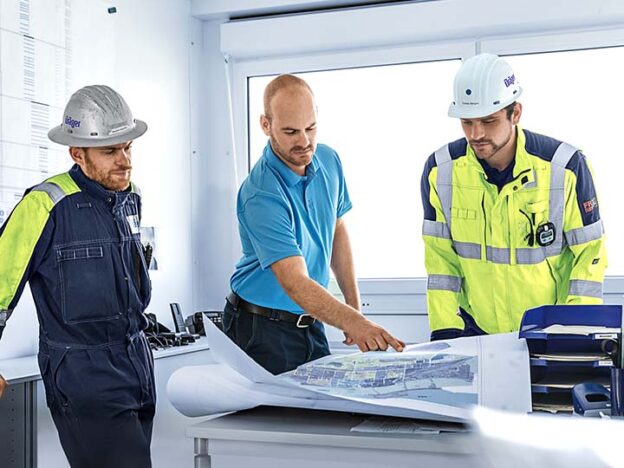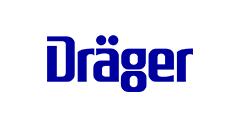Description
Date: 28 April, 2023, 13.00 UTC. Webinar
Estimated Time: 1 hr
Language: English
Summary of the lecture
Gases are a substantial part in steel production processes. They are used selectively during a wide variety of processes in the steel industry. At the same time, however, they can also arise or be released in undesirable places, even as a product because of the process.
Most of the gases are invisible, some of them are even not detectable by the human sensory system. Nevertheless, there are gas properties that might cause risks for workers and plants, like explosivity, toxicity or oxygen depletion.
In this first part of a dedicated webinar series, our safety experts will give you insights in an adapted risk assessment process related to the issue of gassing and asphyxiation. From this basis on we will focus on suitable measures for risk mitigation with best practice sharing from steel production. Get valuable safety information and practical insights from our safety experts. Join the discussion with experts and ask your questions in a Q&A session.
Speaker Introduction
PD Dr.-Ing. habil. Ulrich Klenk
Development Manager Dräger Global Academy, Dräger

PD. Dr. Ulrich Klenk is working as Training Development Manager at Dräger’s Global Academy. He holds a doctoral degree in safety engineering and a higher education teaching qualification in safety engineering and environmental protection (facultas docendi).
Ulrich is creating and conducting trainings all over the world with a focus on industrial applications.
He is an accredited Vision Zero Trainer and is part in several health and safety related committees and commissions. Ulrich is author and has published several whitepapers related to health and safety topics. He is part of a voluntary fire brigade and scuba diver.
Benedikt Müksch
Senior Expert Dräger Safety and Emergency Management, Dräger

Benedikt joined Dräger in 2015. He is working as Senior Consultant for Safety and Emergency Management and is qualified as trainer for safety organization and safety culture. In his function as safety consultant, he is supporting industrial companies and public authorities to analyze their individual risk assessment and to set-up or rework their programs for emergency and hazard prevention, occupational safety, and fire protection.




